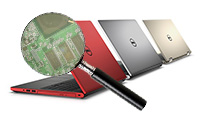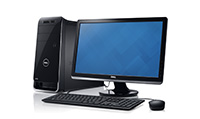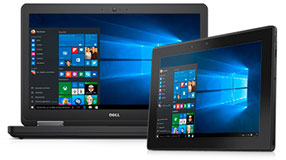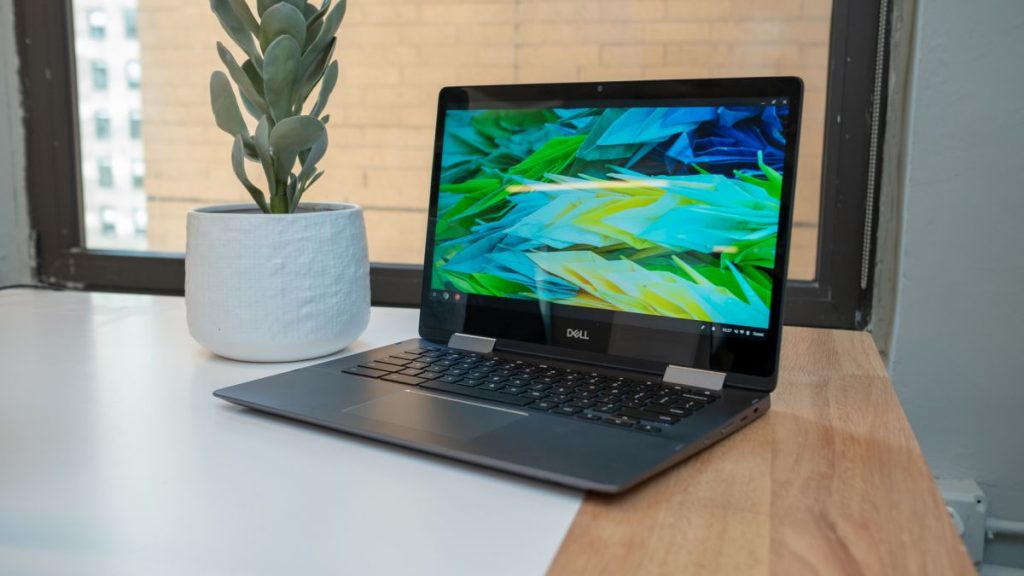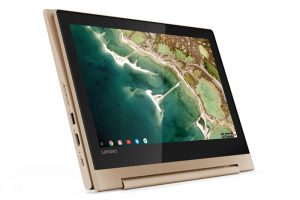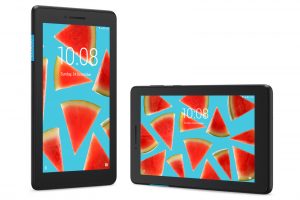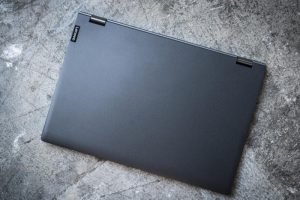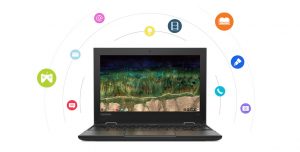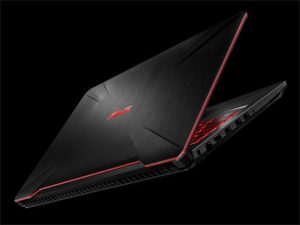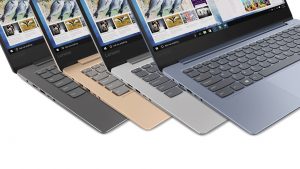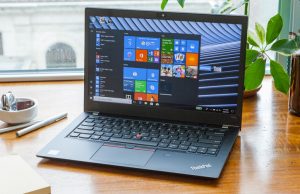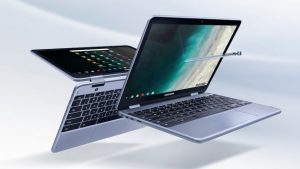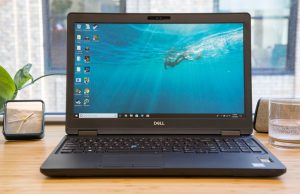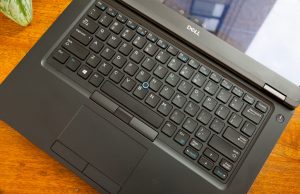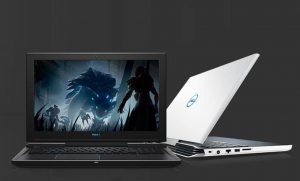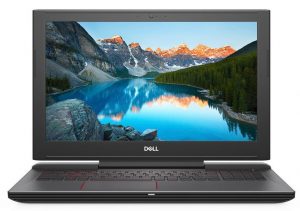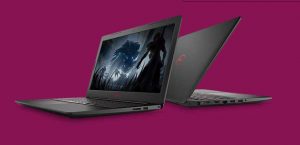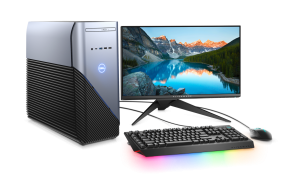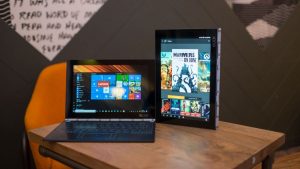

The Yoga Book line, particularly, has been high in Lenovo news lately. This particular model has been a powerful move for Lenovo since the very beginning of its arrival, and consumers have been fortunate enough to opt for this relatively inexpensive laptop/tablet hybrid; one so ultrathin, and with a 10.2-inch screen (a very small form-factor at the time). See, the uniqueness of the Lenovo Yoga Book was shocking- consumers were suddenly able to utilize a laptop in a brand new way, with a completely digital (touch-sensitive) keyboard and trackpad, rather than mechanical keys. This may have been odd at getting used to, as it was breaking new ground in how to manipulate a laptop. Overall, it has done well, marked as one of the best laptops of 2017, as well as one of “the most intriguing laptops of 2016”, when it was unveiled. It was also affordable to the point of starting around $500, and held both Windows 10 and Android options for its OS. Here we are now, a couple years later, and you better believe it: there’s news of a successor to this well-loved Yoga Book, and Lenovo is hoping to throw a curveball to consumers with how this would look like.
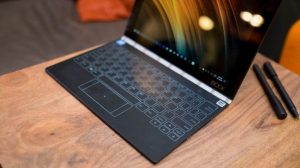

During Intel’s Computex Keynote, Lenovo announced some of what we can expect. The biggest deal, by far, should be the anticipation of one-of-a-kind dual display panels, rather than the touch-sensitive surface and LCD screen. There are sources that say there could be both- meaning Lenovo will retain the Halo keyboard, but also add a second screen (touch-enabled), that will still act as a digital keyboard. The keyboard, however, will have a new twist- by becoming “AI-enabled”, as well as have some sort of “enhanced inking experience”, which isn’t giving very much away, but sounds something like the involvement of predictive typing, and perhaps a stylus.


One thing that’s for certain is, keyboard enthusiasts, who love their clicks and key travel abilities, are not going to be in for the long haul. They probably wouldn’t turn their heads to this Yoga Book 2 because it simply might not be their cup of tea- “them”, meaning folks who bust out essays, or work with documented content all the time. Others, especially those who enjoyed the first edition, might think of this new generation as less of a preemptive strike to something so different, as far as typing goes, and find that Lenovo thought it through. That, or folks who involve themselves in simple status updates, or typing for fun rather than work, might be new crowd for this laptop, as they would already have been acclimated towards this “creative pad” type of notebook. Another thing that seems obvious, is that the previous version of the Yoga Book was simply not powerful enough, so although we only have tidbits of information here and there, we could be almost certain that an upgrade to the device’s internals (including higher storage counts, for sure) might just be what the doctor ordered. So, to end: “Dear Lenovo, we consumers do declare our interest in this new Yoga Book 2, therefore, listen to our wants and needs by providing more processing power, better connectivity, more storage RAM”, Definitely offer both operating systems you did before, and if you really want to impress the masses, offer a Chrome version as well. Much love, Lenovo Yoga Geeks”.

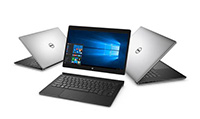 Laptop & Tablet Parts
Laptop & Tablet Parts